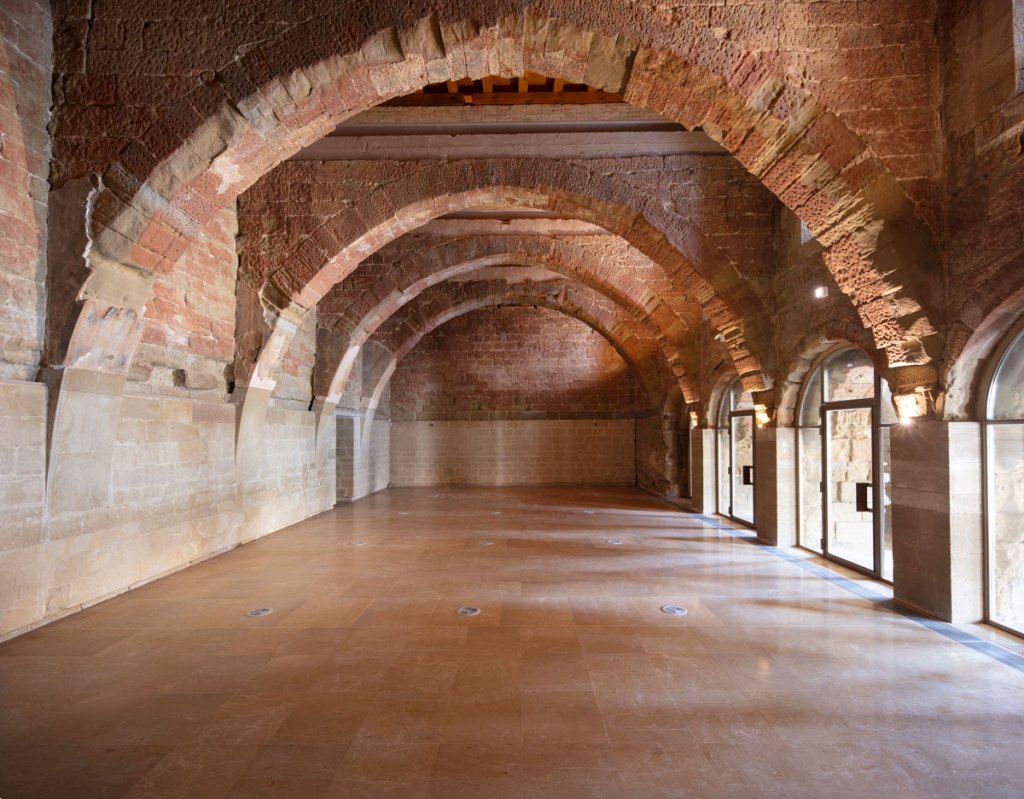After more than a decade of legal battles, Spain’s Supreme Court has ruled that a set of 13th-century Romanesque murals—removed from the Sijena Monastery during the Spanish Civil War and housed since in the National Art Museum of Catalonia (MNAC)—must be returned to their original home in Aragon.
According to El Pais, the decision is being hailed as a victory by the Aragonese government. But experts warn it could come at a steep cultural cost, with MNAC filing a document that requires further study of the fragility of the work.
Related Articles

The murals, removed in 1936 after a fire gutted the chapter house of the monastery, are considered fragile even by conservation standards. Mounted on stretchers and partially reconstructed, they’ve been preserved in climate-controlled conditions at the MNAC. Moving them now, Catalan officials and museum conservators argue, could cause irreversible damage.
The latest ruling dismisses past agreements that the Catalan government claimed legitimized its custody of the works, finding that the original owners—the Sijena religious order—never ceded ownership and that no valid transfer of title occurred.
The court’s decision caps years of jurisdictional wrangling between Aragon and Catalonia. But while the legal question of ownership is settled, the practical matter of enforcement is far from resolved. MNAC officials insist that the murals cannot be moved safely without a comprehensive, collaborative conservation plan—one that assesses environmental risks, transport logistics, and the condition of the Sijena site itself.
“A comprehensive view of the conservation project requires taking into account that the stages of diagnosis, risk assessment and management, preparation of the work, dismantling, packaging, and transport are related to the subsequent installation at the destination,” MNAC’s court document reads, according to El País.
Some compromise may be in the works: the museum has proposed a phased approach, suggesting that less delicate works removed in the 1960s could be returned first. But the fate of the central frescoes remains in limbo, suspended between legal certainty and physical fragility.

